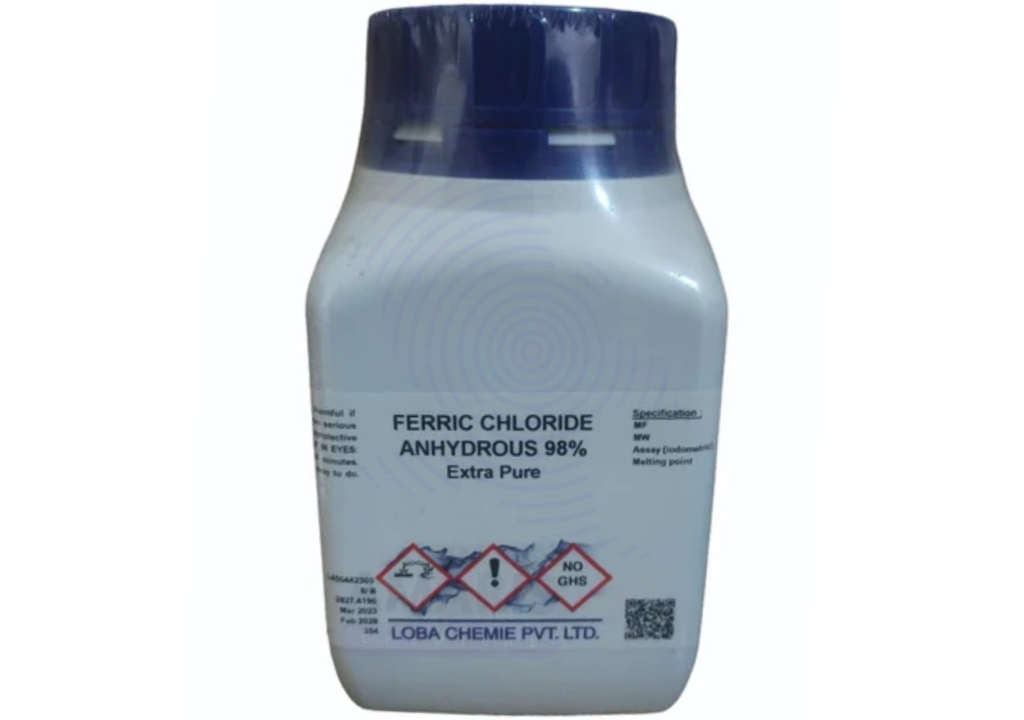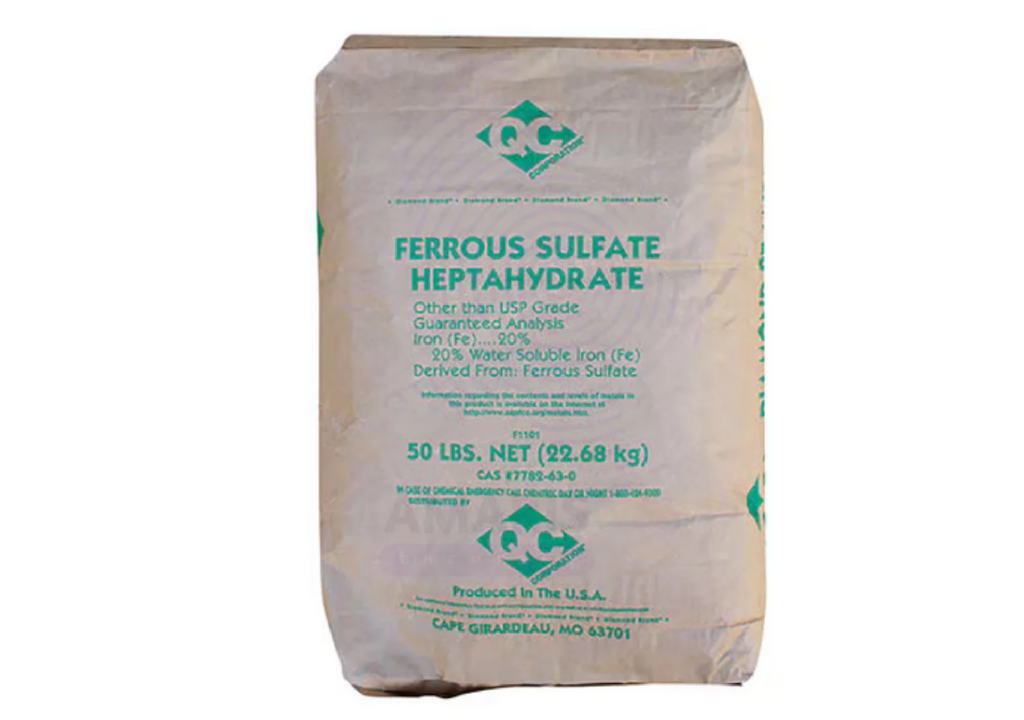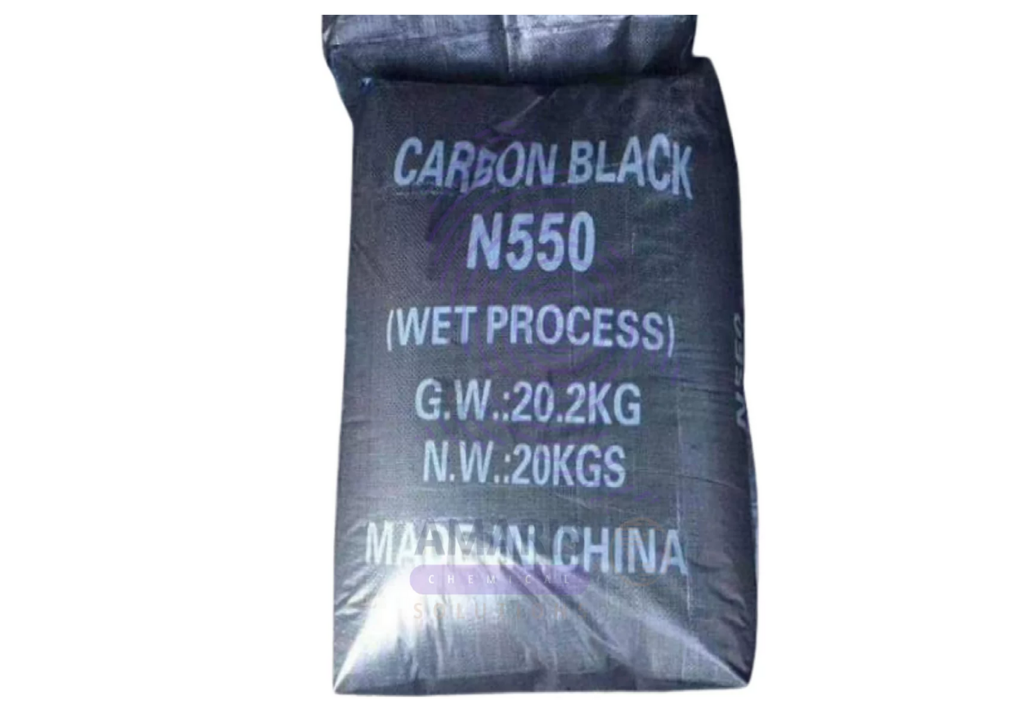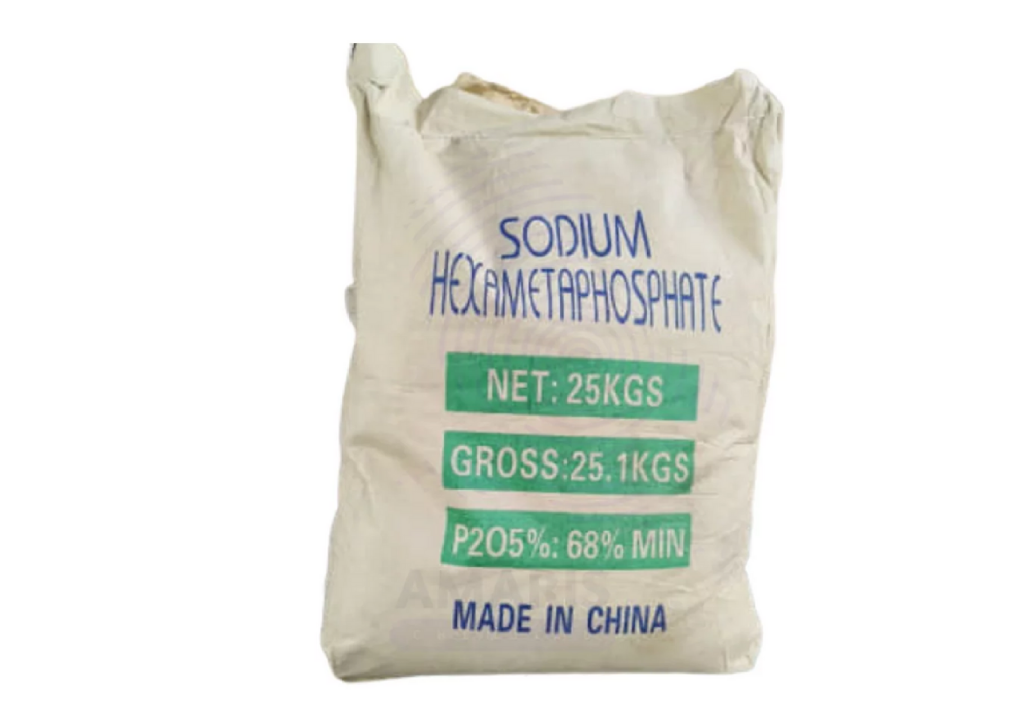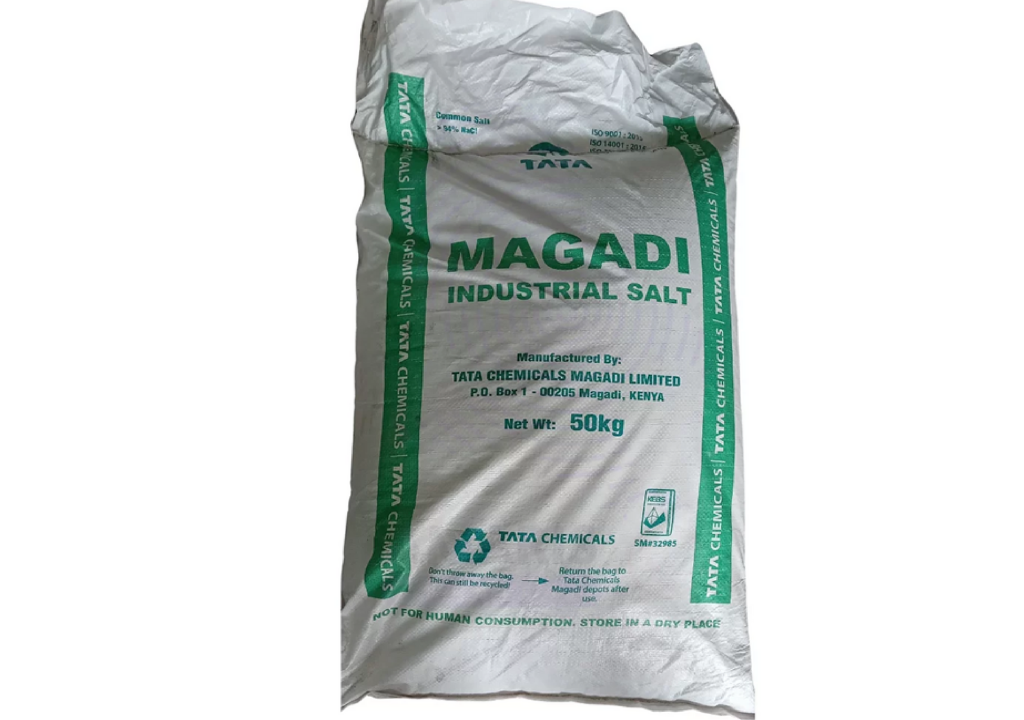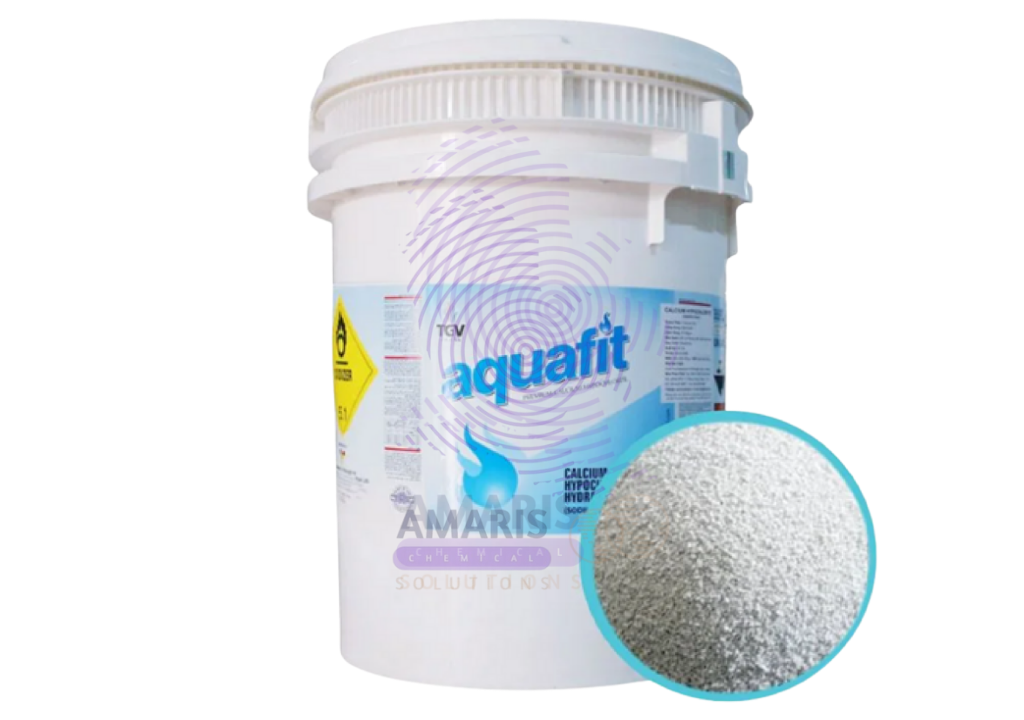Hydrogen Peroxide Extra Pure: The Multifunctional Oxidizer Revolutionizing Disinfection, Bleaching & Industrial Processes
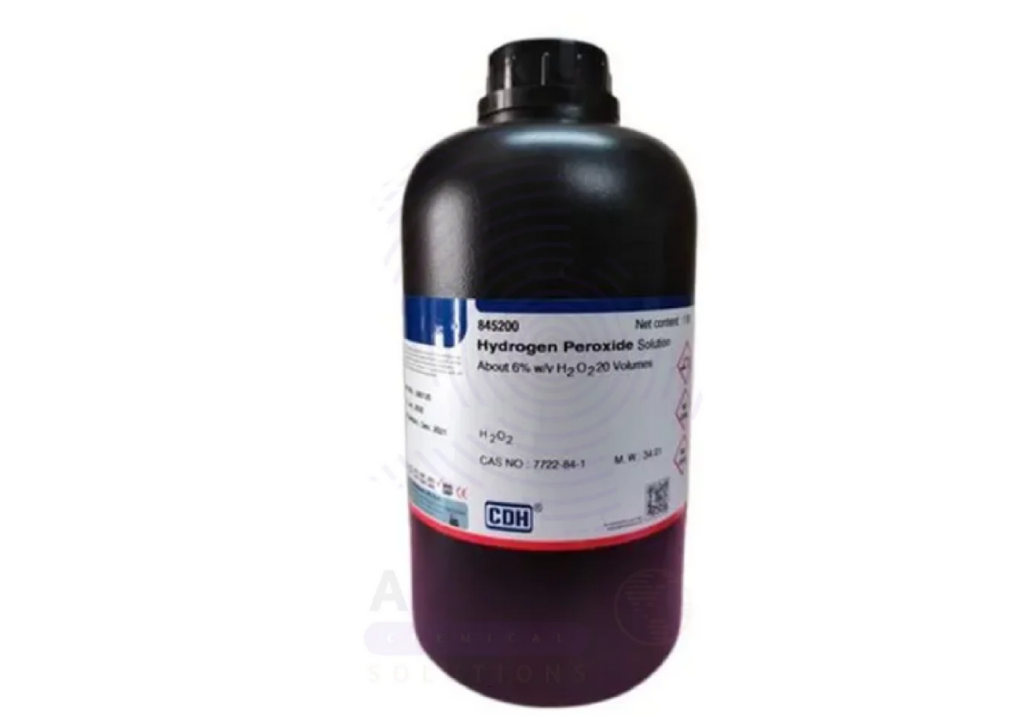
Hydrogen peroxide (H₂O₂) Extra Pure grade represents one of the most important industrial oxidizers and disinfectants, with concentrations typically ranging from 30-50%. This high-purity formulation, containing minimal stabilizers and metallic impurities, is indispensable for electronics manufacturing, pulp bleaching, and advanced chemical synthesis. The global market exceeds 5 million metric tons annually, driven by its unique combination of strong oxidation potential and environmentally benign decomposition products (water and oxygen).
Key Specifications & Properties
Physical & Chemical Characteristics
- Appearance: Colorless liquid (slight blue tint in concentrated forms)
- Concentration: 30-50% (industrial), 90% (rocket grade)
- Density: 1.11 g/cm³ (30%), 1.46 g/cm³ (70%)
- pH: 2-4 (acidic due to stabilizers)
- Redox Potential: +1.78V (strong oxidizer)
Extra Pure Grade Specifications
| Parameter | Specification | Test Method |
| H₂O₂ Content | 30-50% ±0.3% | Titration |
| Total Acidity | ≤0.03% as H₂SO₄ | pH metric |
| Heavy Metals | ≤0.1 ppm | ICP-MS |
| Chlorides | ≤1 ppm | Ion chromatography |
| Organic Carbon | ≤10 ppm | TOC analyzer |
Production Methods
1. Anthraquinone Auto-Oxidation (95% of global production)
- Hydrogenation:
- 2-ethylanthraquinone + H₂ → 2-ethylanthrahydroquinone
- Oxidation:
- Air oxidation → regenerates quinone + H₂O₂
- Extraction:
- H₂O₂ recovered by water washing
2. Emerging Technologies
- Direct Synthesis: H₂ + O₂ → H₂O₂ (catalytic)
- Electrochemical: Water oxidation
- Bio-Based: Enzyme-catalyzed processes
Critical Industrial Applications
1. Electronics Manufacturing (25% of demand)
- Wafer Cleaning:
- RCA Standard Clean (SC-1): NH₄OH/H₂O₂/H₂O
- Removes organic contaminants at 70-80°C
- PCB Etching:
- Cu + H₂O₂ + H₂SO₄ → CuSO₄ + 2H₂O
2. Pulp & Paper Bleaching (35%)
- ECF (Elemental Chlorine Free) Technology:
- 20-50 kg/ton pulp
- Brightness gain: 5-15 points ISO
- Case Study: Swedish mills reduced AOX emissions 90% by switching to H₂O₂ bleaching
3. Chemical Synthesis
- Propylene Oxide:
- H₂O₂ + propylene → PO (HPPO process)
- Organic Peroxides:
- Cumene hydroperoxide production
4. Water Treatment
- Advanced Oxidation:
- H₂O₂ + UV/O₃ → hydroxyl radicals
- Destroys 99.9% of micropollutants
- Disinfection:
- 5-50 ppm residual in drinking water
5. Emerging Technologies
- Rocket Propulsion:
- 90% H₂O₂ as monopropellant
- Energy Storage:
- Redox flow batteries
Safety & Handling Protocols
⚠ Critical Hazards:
- Decomposition Risk:
- 1°C temperature rise → 10% faster decomposition
- Catalyzed by Fe, Cu, Mn (keep purity >99.9%)
- Material Compatibility:
- Use 316L SS, PTFE, HDPE
- Avoid aluminum, brass
✅ Best Practices:
- Storage:
- Ventilated, <25°C, dark bottles
- Polyethylene with pressure relief
- PPE:
- Face shield, butyl gloves
- Chemical-resistant suits for >50%
Market Dynamics
Global Production Landscape
| Region | Capacity (kT/yr) | Key Players |
| Asia | 2,800 | Solvay, Evonik, PeroxyChem |
| Europe | 1,200 | Arkema, Kemira |
| Americas | 900 | Ecolab, USP Technologies |
Price Trends
- 30% Solution: $300-500/ton
- 50% Solution: $500-800/ton
- Ultra-Pure (SEMI Grade): 5x premium
Comparison to Alternative Oxidizers
| Oxidizer | Oxidation Potential (V) | Byproducts | Cost Index |
| H₂O₂ | +1.78 | H₂O/O₂ | 1.0 |
| Chlorine | +1.36 | Chlorinated organics | 0.7 |
| Ozone | +2.07 | O₂ | 2.5 |
| Peracetic | +1.81 | Acetic acid | 3.0 |
Future Outlook
- Green Chemistry:
- Direct synthesis from H₂/O₂
- Energy:
- H₂O₂ fuel cells
- Pharma:
- Sterilization innovations


 Preservatives(food)
Preservatives(food) Flavor Enhancers
Flavor Enhancers Acidulants
Acidulants Sweeteners
Sweeteners Antioxidants
Antioxidants Colorants(food)
Colorants(food) Nutraceutical Ingredients (food)
Nutraceutical Ingredients (food) Nutrient Supplements
Nutrient Supplements Emulsifiers
Emulsifiers
 Collectors
Collectors Dust Suppressants
Dust Suppressants Explosives and Blasting Agents
Explosives and Blasting Agents Flocculants and Coagulants
Flocculants and Coagulants Frothers
Frothers Leaching Agents
Leaching Agents pH Modifiers
pH Modifiers Precious Metal Extraction Agents
Precious Metal Extraction Agents
 Antioxidants(plastic)
Antioxidants(plastic) Colorants (Pigments, Dyes)
Colorants (Pigments, Dyes) Fillers and Reinforcements
Fillers and Reinforcements Flame Retardants
Flame Retardants Monomers
Monomers Plasticizers
Plasticizers Polymerization Initiators
Polymerization Initiators Stabilizers (UV, Heat)
Stabilizers (UV, Heat)
 Antifoaming Agents
Antifoaming Agents Chelating Agents
Chelating Agents Coagulants and Flocculants
Coagulants and Flocculants Corrosion Inhibitors
Corrosion Inhibitors Disinfectants and Biocides
Disinfectants and Biocides Oxidizing Agents
Oxidizing Agents pH Adjusters
pH Adjusters Scale Inhibitors( water)
Scale Inhibitors( water)
 Antioxidants(cosmetic)
Antioxidants(cosmetic) Emollients
Emollients Fragrances and Essential Oils
Fragrances and Essential Oils Humectants
Humectants Preservatives
Preservatives Surfactants(cosmetic)
Surfactants(cosmetic) Thickeners
Thickeners UV Filters
UV Filters
 Fertilizers
Fertilizers Soil Conditioners
Soil Conditioners Plant Growth Regulators
Plant Growth Regulators Animal Feed Additives
Animal Feed Additives Biostimulants
Biostimulants Pesticides (Herbicides, Insecticides, Fungicides)
Pesticides (Herbicides, Insecticides, Fungicides)
 Active Pharmaceutical Ingredients (APIs)
Active Pharmaceutical Ingredients (APIs) Excipients
Excipients Solvents(pharmaceutical)
Solvents(pharmaceutical) Antibiotics
Antibiotics Antiseptics and Disinfectants
Antiseptics and Disinfectants Vaccine Adjuvants
Vaccine Adjuvants Nutraceutical Ingredients (pharmaceutical)
Nutraceutical Ingredients (pharmaceutical) Analgesics & Antipyretics
Analgesics & Antipyretics
 Analytical Reagents
Analytical Reagents Solvents(lab)
Solvents(lab) Chromatography Chemicals
Chromatography Chemicals Spectroscopy Reagents
Spectroscopy Reagents microbiology-and-cell-culture-reagents
microbiology-and-cell-culture-reagents Molecular Biology Reagents
Molecular Biology Reagents Biochemical Reagents
Biochemical Reagents Inorganic and Organic Standards
Inorganic and Organic Standards Laboratory Safety Chemicals
Laboratory Safety Chemicals Specialty Laboratory Chemicals(Special Laboratory Equipment)
Specialty Laboratory Chemicals(Special Laboratory Equipment)
 Demulsifiers
Demulsifiers Hydraulic Fracturing Fluids
Hydraulic Fracturing Fluids Scale Inhibitors(oil)
Scale Inhibitors(oil) Surfactants(oil)
Surfactants(oil) Drilling Fluids
Drilling Fluids
 Dyes and Pigments
Dyes and Pigments Bleaching Agents
Bleaching Agents Softening Agents
Softening Agents Finishing Agents
Finishing Agents Antistatic Agents
Antistatic Agents
 Admixtures
Admixtures Waterproofing Agents
Waterproofing Agents Sealants and Adhesives
Sealants and Adhesives Curing Compounds
Curing Compounds Concrete Repair Chemicals
Concrete Repair Chemicals Anti-Corrosion Coatings
Anti-Corrosion Coatings
 Surfactants(cleaning)
Surfactants(cleaning) Builders
Builders Enzymes
Enzymes Solvents (Cleaning)
Solvents (Cleaning) Fragrances
Fragrances
 Electronic Chemicals
Electronic Chemicals Catalysts
Catalysts Lubricants
Lubricants Photographic Chemicals
Photographic Chemicals Refrigerants
Refrigerants Automotive chemicals
Automotive chemicals Pyrotechnic Chemicals
Pyrotechnic Chemicals
 Biodegradable Surfactants
Biodegradable Surfactants Bio-based Solvents
Bio-based Solvents Renewable Polymers
Renewable Polymers Carbon Capture Chemicals
Carbon Capture Chemicals Wastewater Treatment Chemicals
Wastewater Treatment Chemicals
 Pigments
Pigments Solvents(paint)
Solvents(paint) Specialty Coatings
Specialty Coatings Binders/Resins
Binders/Resins Additives
Additives Driers
Driers Anti-Corrosion Agents
Anti-Corrosion Agents Functional Coatings
Functional Coatings Application-Specific Coatings
Application-Specific Coatings
 Fresh Herbs
Fresh Herbs Ground Spices
Ground Spices Whole Spices
Whole Spices Spice Blends
Spice Blends Dried Herbs
Dried Herbs
 Leavening Agents
Leavening Agents Dough Conditioners
Dough Conditioners Flour Treatments
Flour Treatments Fat Replacers
Fat Replacers Decoratives
Decoratives Preservatives(baking)
Preservatives(baking)
 Plasticizers & Softeners
Plasticizers & Softeners Reinforcing Agents
Reinforcing Agents Adhesion Promoters
Adhesion Promoters Vulcanizing Agents
Vulcanizing Agents Antidegradants
Antidegradants Blowing Agents
Blowing Agents Fillers & Extenders
Fillers & Extenders Accelerators & Retarders
Accelerators & Retarders
